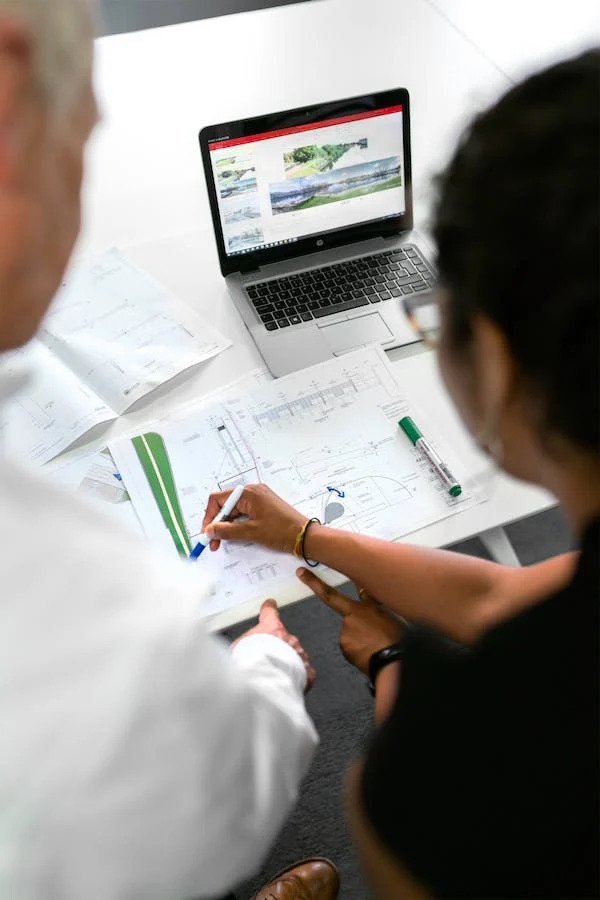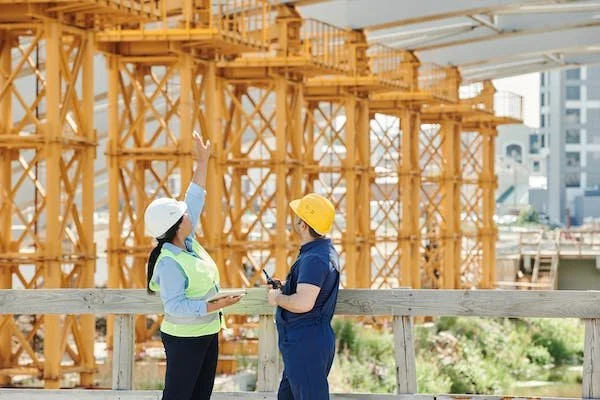The Construction Industry Key Trends for 2023
The construction industry is constantly evolving, with new technologies and trends emerging that have the potential to revolutionize the way we build and construct structures. These trends can have a significant impact on the industry, from increasing efficiency and reducing costs to improving safety and sustainability. In this article, we'll take a look at some of the key trends that may blow the construction industry.
Prefabrication and modular construction
Prefabrication and modular construction are rapidly gaining popularity in the construction industry, and are expected to play a major role in shaping the future of construction. This involves building components off-site in a controlled environment and then transporting them to the construction site for assembly. This approach offers several advantages over traditional construction methods, including improved quality control, reduced construction time, and improved safety.
Another advantage of prefabrication and modular construction is the improved quality control that comes with building components in a controlled environment. By working in a factory-like setting, construction professionals can more easily monitor quality, reducing the risk of defects and ensuring that components are built to the highest standards. Additionally, by using standardized components, construction professionals can simplify the construction process and reduce the time and cost associated with custom fabrication. Still, to make that happen, you need to talk to professionals, so don’t be afraid to start looking for them in your area ASAP. If you’re located in Australia, for instance, try looking into engineering consultants from Sydney who’ll help you take your company to the next level and make it run more smoothly than ever.
Building information modeling (BIM)
This is another trend that is poised to revolutionize the construction industry. BIM is a digital representation of a building's design, construction, and operations, and provides a collaborative platform for all stakeholders to work together and improve project outcomes. BIM enables construction professionals to visualize and analyze the design, construction, and operations of a building in a virtual environment, reducing the risk of errors and improving efficiency.
One of the key benefits of BIM is improved collaboration and communication. By using BIM, construction professionals can share information and work together in real time, reducing the risk of misunderstandings and improving the overall efficiency of the construction process. Furthermore, BIM can help reduce construction costs, as it enables construction professionals to better understand the cost implications of different design options, and make informed decisions about materials and construction methods.
Additionally, BIM can help improve the accuracy of construction estimates and schedules, allowing construction professionals to better plan and manage their projects. By using BIM, construction professionals can identify and resolve issues before construction begins, reducing the need for rework and increasing the overall efficiency of the construction process.
Sustainable and green building practices
Sustainable and green building practices are becoming increasingly important in the construction industry, as the demand for energy-efficient buildings continues to grow. This involves using environmentally-friendly materials, reducing energy consumption, and incorporating renewable energy sources into building designs. By using sustainable and green building practices, construction professionals can improve the overall sustainability of buildings, reduce energy costs, and contribute to a more sustainable future.
One of the key benefits of sustainable and green building practices is improved energy efficiency. By using energy-efficient materials and technologies, construction professionals can reduce the energy consumption of buildings, and help reduce their carbon footprint. Additionally, incorporating renewable energy sources into building designs will make your different projects cooler and nicer than the rest, and that’s something that will help your building become more popular and expensive, which makes this a win-win solution.
The construction industry is rapidly evolving, with new technologies and trends emerging that have the potential to revolutionize the way we build and construct structures. From prefabrication and modular construction to Building Information Modeling (BIM) and sustainable and green building practices, these trends offer a wealth of benefits, from increased efficiency and reduced costs to improved safety and sustainability. As these trends continue to gain popularity, it is likely that we will see further innovations and advancements in the construction industry that will help us build better more sustainable structures. Whether it's through the use of cutting-edge technologies, or through the adoption of more sustainable and environmentally-friendly practices, the construction industry is poised for significant change in the years to come.




